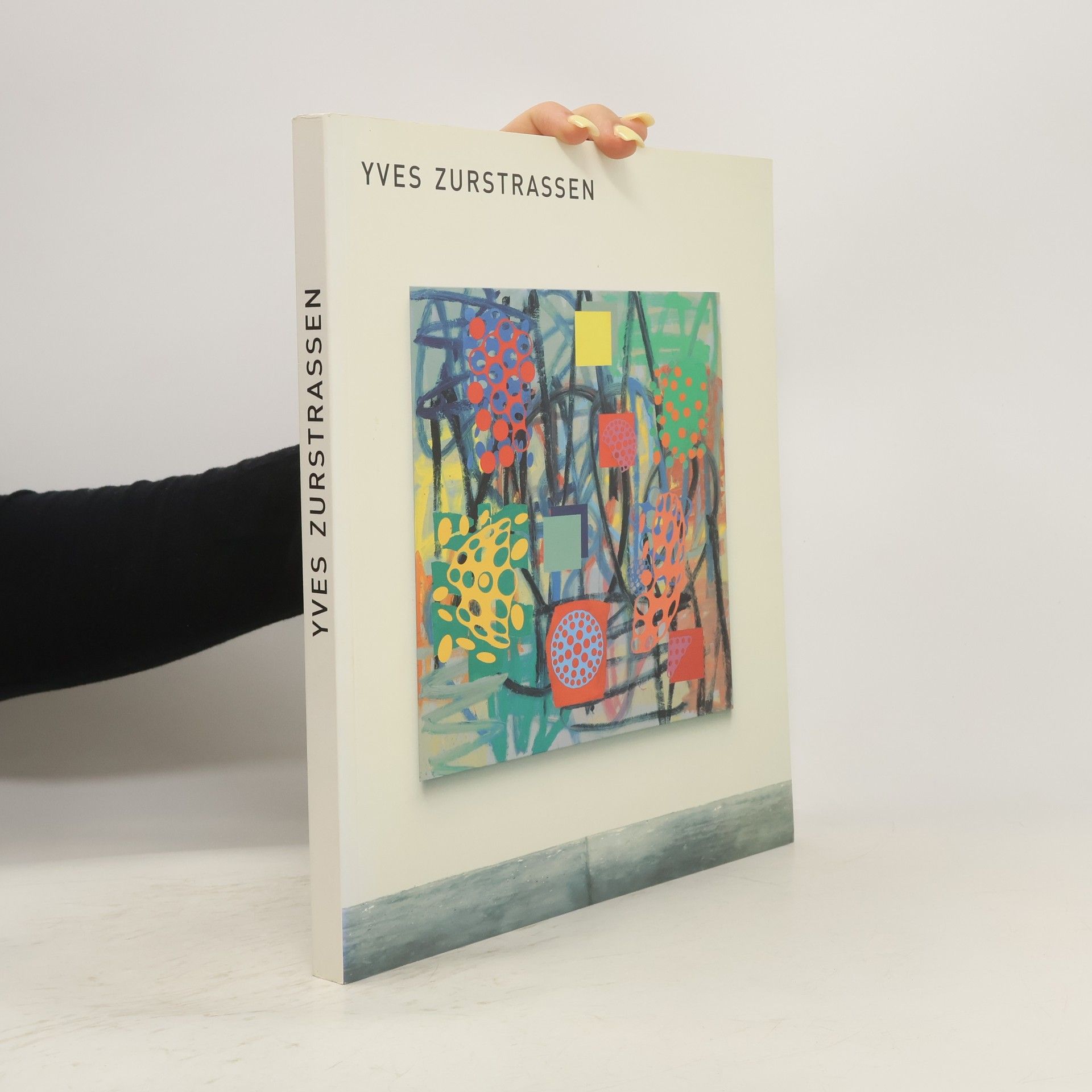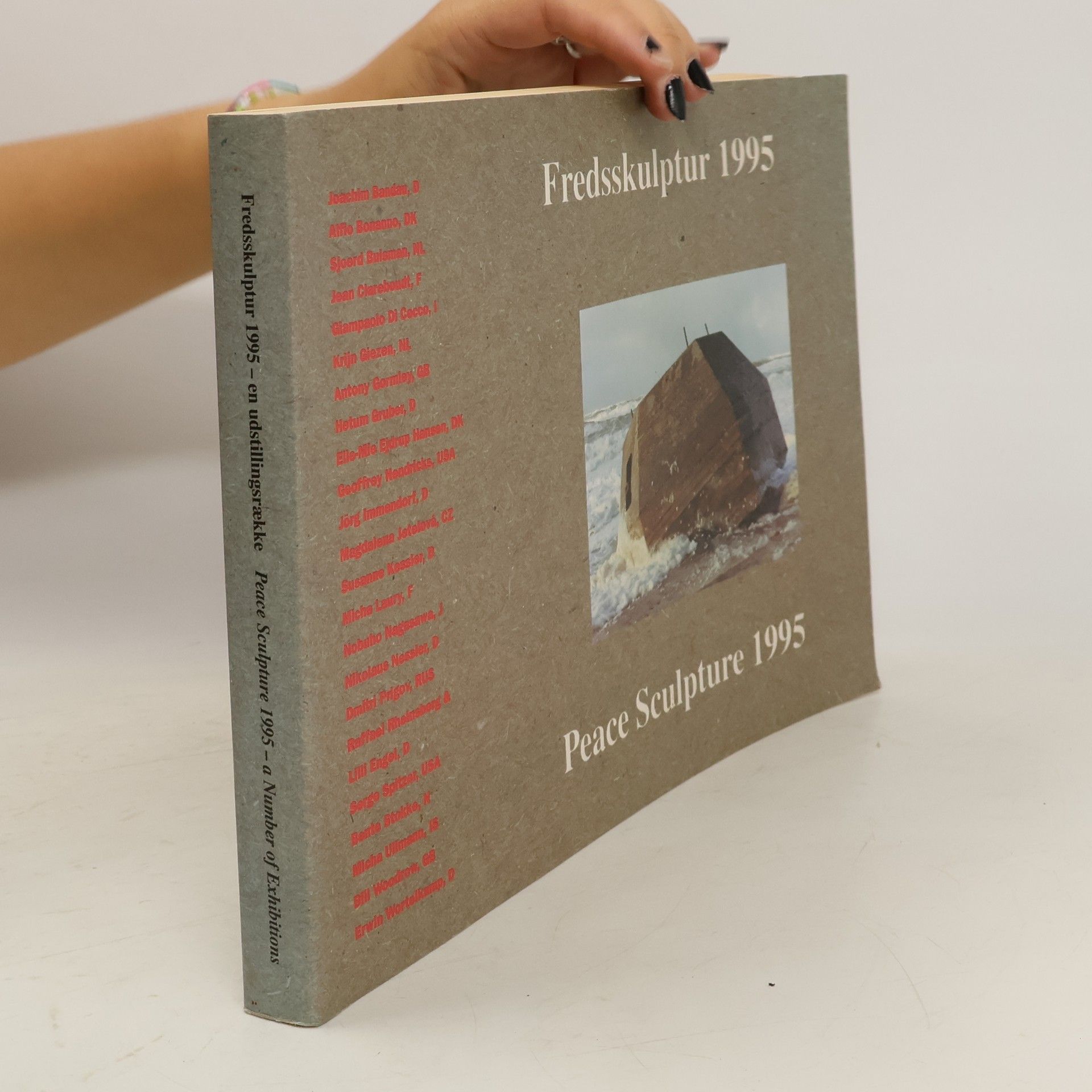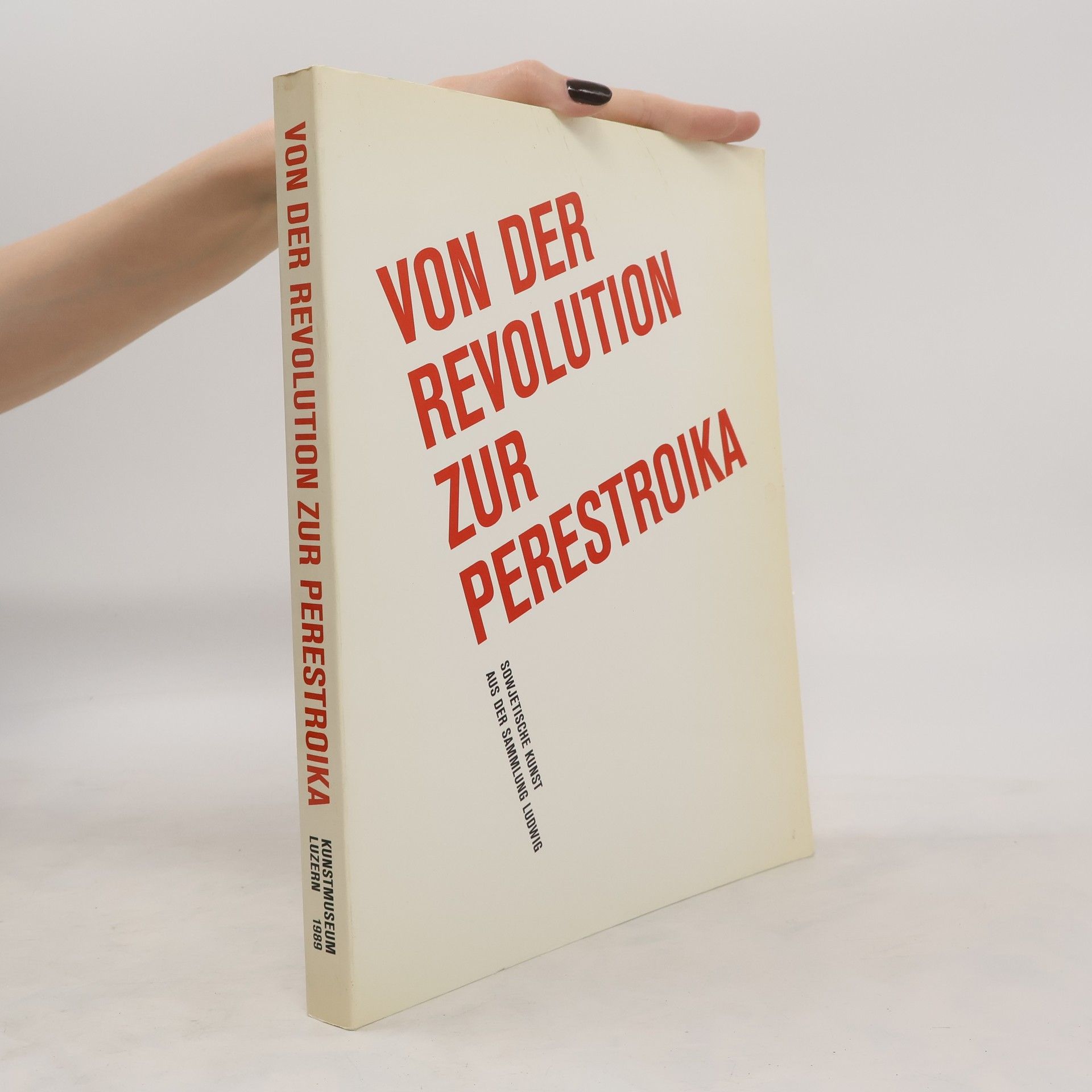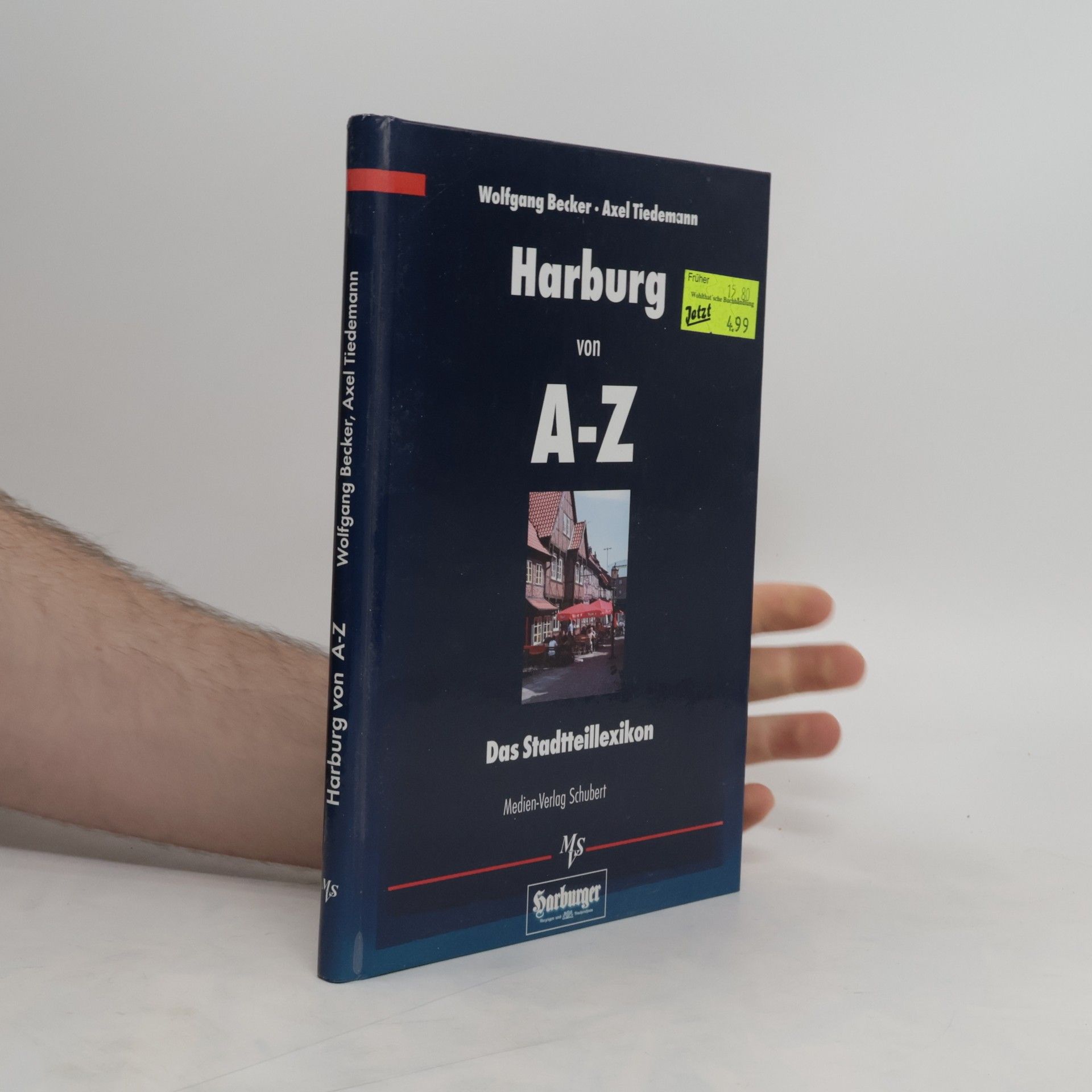Good bye Lenin!
- 176 pages
- 7 hours of reading
Geschichte wird gemacht. Nur für den 21jährigen Alex geht nichts voran. Kurz vor dem Fall der Mauer fällt seine Mutter, eine selbstbewusste Bürgerin der DDR, nach einem Herzinfarkt ins Koma – und verschläft den Siegeszug des Kapitalismus. Als sie wie durch ein Wunder nach acht Monaten die Augen wieder aufschlägt, erwacht sie in einem neuen Land. Sie hat nicht miterlebt, wie West-Autos und Fast-Food-Ketten den Osten überrollen, wie Coca Cola Jahrzehnte des Sozialismus einfach wegspült, wie man hastig zusammen wachsen lässt, was zusammen gehört. Erfahren darf sie von alledem nichts: Zu angeschlagen ist ihr schwaches Herz, als dass sie die Aufregung überstehen könnte. Alex ist keine Atempause gegönnt. Um seine Mutter zu retten, muss er nun auf 79 Quadratmetern Plattenbau die DDR wieder auferstehen lassen. Schnell stellt er fest, dass sich dieser Plan schwieriger umsetzen lässt als erwartet... Drehbuch zum Film, mit vielen Fotos!





